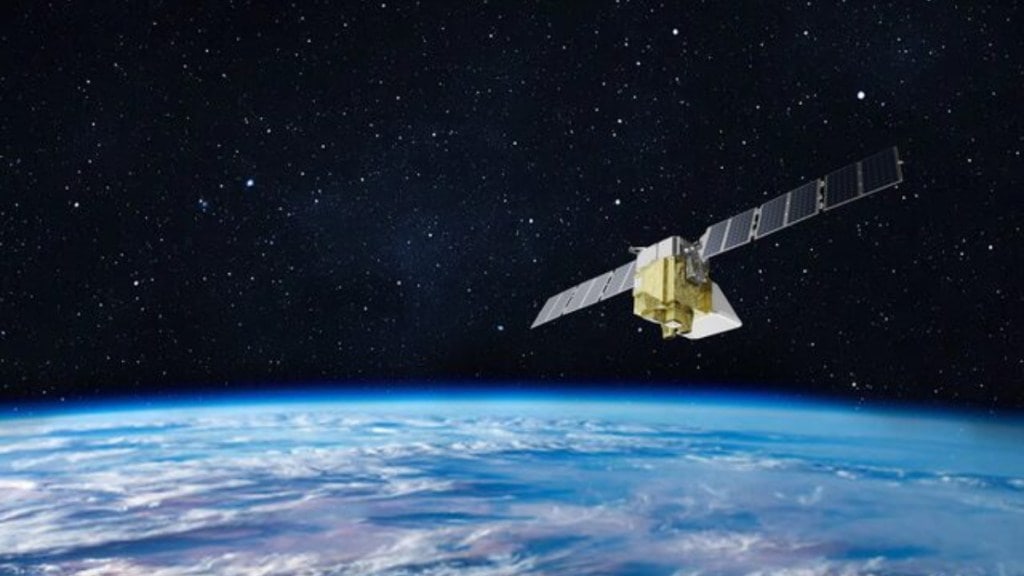Bengaluru-based startup Pixxel has successfully launched three high-resolution commercial hyperspectral satellites, part of its ‘Firefly’ constellation, from the Vandenberg Space Force Base in California. The satellites were deployed on SpaceX’s Transporter-12 rideshare mission, integrated via Exolaunch, with the launch occurring around 1 a.m. on Wednesday. Pixxel hosted a live screening of the launch at its Bengaluru headquarters. Speaking at the event, founder and CEO Awais Ahmed emphasized the transformative capabilities of the Firefly constellation. “With the launch of these satellites, we can now deliver critical climate and Earth insights with unmatched precision,” he said.
A Leap in Hyperspectral Imaging Technology
The Firefly constellation offers six times sharper resolution than the standard 30-meter resolution of existing hyperspectral satellites, achieving an unprecedented five-meter resolution. This capability allows it to capture intricate details previously invisible to conventional systems.
Ahmed highlighted that Firefly represents a watershed moment for India, marking the country’s first commercial satellite constellation. The satellites’ advanced sensors, capable of capturing data across more than 150 spectral bands, enable the detection of subtle changes in chemical compositions, vegetation health, water quality, and atmospheric conditions.
“This is a giant leap in space technology,” said Kshitij Khandelwal, Pixxel’s co-founder and CTO. Unlike traditional Earth observation satellites that rely on broader spectral bands, Firefly’s narrowband sensors uncover hidden patterns critical for diverse applications, including agriculture and climate action.
Unique Challenges
Pixxel already boasts a client list of over 60 organizations, including NASA and the governments of the U.S. and Australia. However, Ahmed noted a unique challenge in selling data to the Indian government: procurement regulations require at least two bidders, leaving Pixxel as the sole provider of hyperspectral data in India for now.
The launch is just the beginning. Khandelwal said that they will soon establish communication with the satellites and begin commissioning their components. This process, including calibrating the cameras with known sites, will take approximately a month.
Looking ahead, Pixxel plans to expand the Firefly constellation with three additional satellites in March. Ahmed reflected on the company’s journey, which began in April 2022 with the launch of Shakuntala, India’s first private Earth-imaging hyperspectral satellite.
Ahmed said that the successful deployment of our first commercial satellites is a defining moment for Pixxel and of course a step towards redefining how we use space technology to address the planet’s challenges.
With Firefly, Pixxel aims to reshape Earth observation and contribute to solutions for global environmental and agricultural issues, setting a new benchmark for India’s space ambitions.
(With PTI Inputs)

